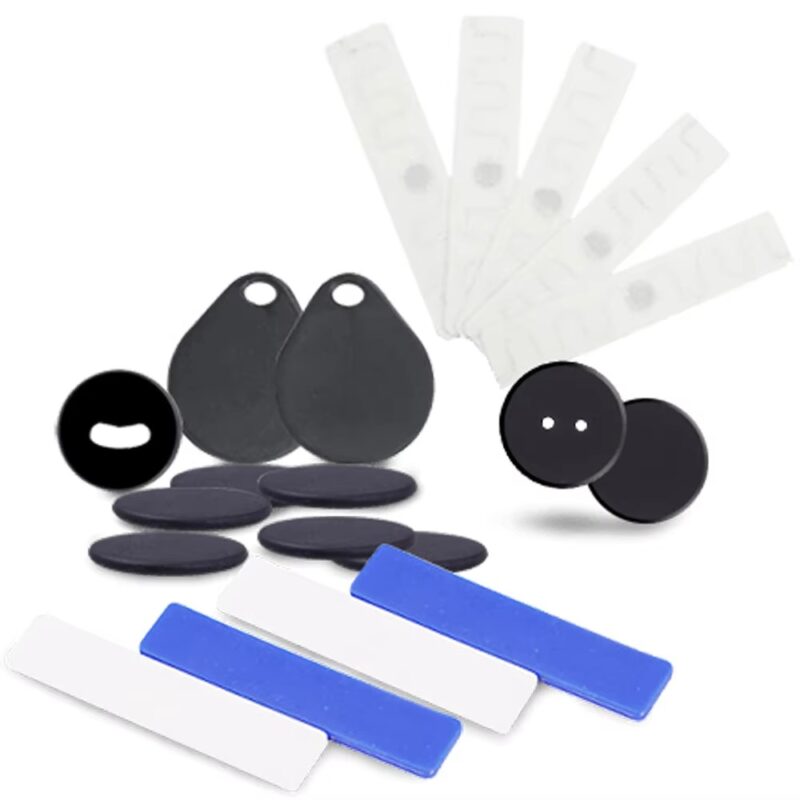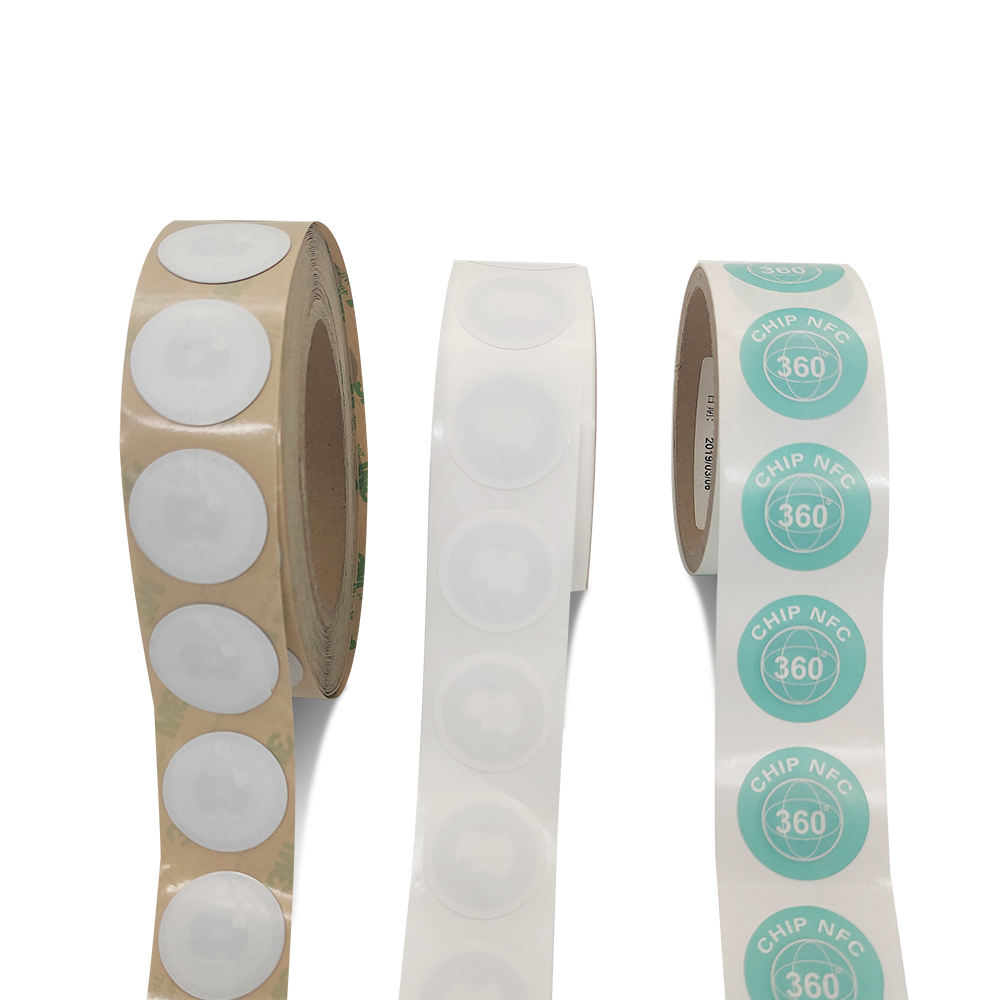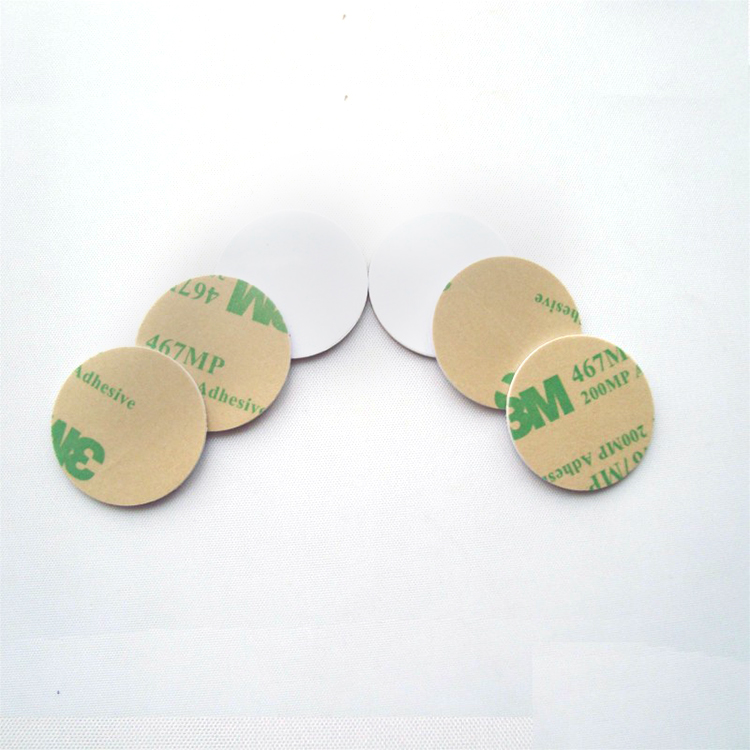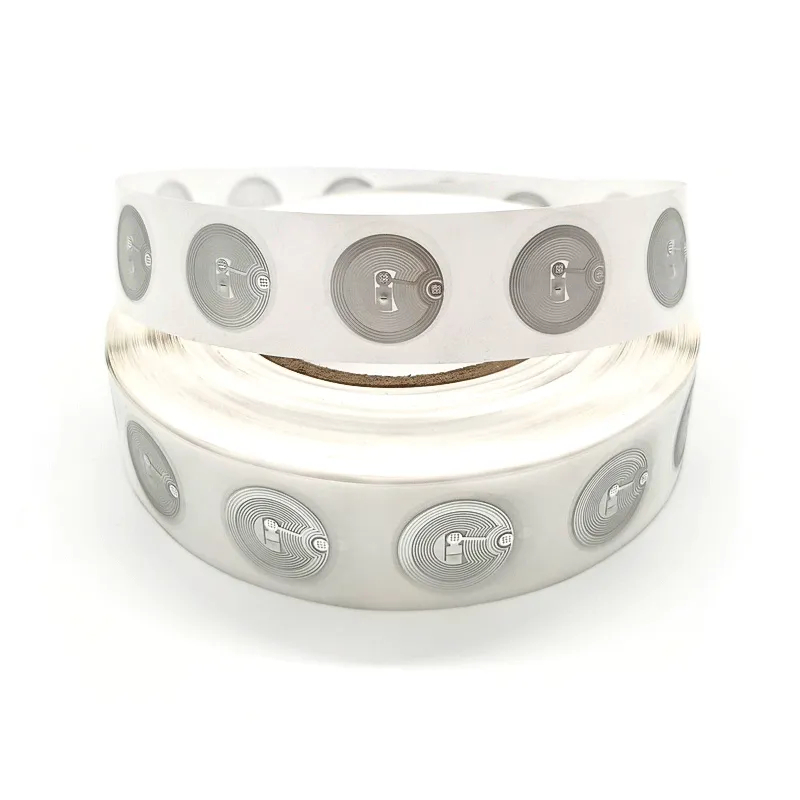
UHF RFID Laundry Tags for Uniforms: High-Performance Tracking Under Extreme Conditions
The UHF RFID laundry tags designed for uniforms are engineered to endure harsh laundry treatments and maintain high performance through numerous cycles.
Near Field Communication (NFC) technology has revolutionized the way we interact with our devices and the world around us. If you’ve ever wondered “What is an NFC tag?” or how these tiny marvels can simplify your life, you’re in the right place. This comprehensive guide will demystify NFC tags, explore their various applications, and show you how to harness their potential. Whether you’re a tech enthusiast or a curious beginner, this article will provide valuable insights into the world of NFC tags and their game-changing capabilities.
NFC tags are small, passive devices that contain tiny microchips capable of storing and transmitting data wirelessly. These tags don’t require a power source of their own, instead drawing energy from the NFC-enabled device that reads them. NFC technology operates on the principle of electromagnetic induction, allowing for short-range communication between devices.The most common type of NFC tag you’ll encounter is the NFC sticker, which combines the NFC chip with an adhesive backing for easy application to various surfaces. These stickers come in different sizes and designs, making them versatile for a wide range of uses.
NFC tags operate on a simple yet ingenious principle. When an NFC-enabled device, such as a smartphone, comes within close proximity (usually about 4 cm or less) to an NFC tag, it creates a magnetic field. This field powers up the NFC chip inside the tag, allowing it to transmit its stored information to the reading device.The process is almost instantaneous, requiring no manual intervention beyond bringing the devices close together. This seamless interaction is what makes NFC technology so convenient and user-friendly.
NFC tags come in various types, each with its own specifications and use cases. Some of the most common types include:
Each type has its strengths, and the choice depends on your specific needs and the application you have in mind.
The possibilities with NFC tags are virtually endless. Here are some popular uses:
NFC tags can simplify many aspects of daily life, from streamlining your morning routine to enhancing your smart home setup.
NFC stickers are essentially NFC tags with an adhesive backing. This makes them incredibly versatile and easy to apply to various surfaces. The main difference lies in their form factor and ease of application. While regular NFC tags might require a separate mounting solution, NFC stickers can be quickly and securely attached to objects, making them ideal for many practical applications.
While NFC and RFID technologies are related, they’re not exactly the same. RFID (Radio-Frequency Identification) operates over a longer range and at different frequencies compared to NFC. NFC is actually a subset of RFID technology, designed specifically for short-range, high-frequency communication.The key differences include:
Understanding these differences can help you choose the right technology for your specific needs.
Most modern smartphones come with built-in NFC capabilities. To use NFC tags with your phone:
Many Android phones have NFC enabled by default, while iPhone users need to have an iPhone 7 or newer model to use NFC tag reading capabilities.
Rewritable NFC tags offer several advantages:
These tags are perfect for situations where the stored information needs to be updated regularly or for users who like to experiment with different NFC applications.
Regular NFC tags can struggle to function when placed on metal surfaces due to interference with the magnetic field. On-metal NFC tags are specially designed to overcome this limitation. They incorporate a ferrite layer that isolates the NFC antenna from the metal surface, allowing the tag to function normally.This makes on-metal NFC tags ideal for:
If you need to use NFC tags on metal objects, always opt for on-metal variants to ensure reliable performance.
NTAG213 and NTAG215 are two popular NFC tag types, each with its own characteristics:
| Feature | NTAG213 | NTAG215 |
|---|---|---|
| Memory | 144 bytes | 504 bytes |
| Typical Use | General purpose | Gaming (e.g., Amiibo) |
| Cost | Lower | Higher |
NTAG213 is often sufficient for most everyday applications, while NTAG215 is preferred for data-intensive uses or specific gaming applications that require more memory.
Security is a crucial concern when using NFC technology. Here are some tips to keep your NFC tags secure:
Remember, while NFC’s short range provides some inherent security, it’s always best to take additional precautions to protect your information.
NFC tags can add a touch of convenience and automation to your home life. Here are some innovative ideas:
The possibilities are limited only by your imagination and the capabilities of your smart home setup.
Yes, NFC tags can work with both Android and iPhone devices, but there are some differences to be aware of:
When choosing NFC tags, ensure they’re compatible with the devices you plan to use them with.
When shopping for NFC tags, keep these factors in mind:
Considering these factors will help you choose the right NFC tags for your specific needs.
Programming an NFC tag is a straightforward process:
Remember, not all NFC tags are rewritable, so check your tag’s specifications before attempting to reprogram it.
While NFC technology offers many benefits, it’s important to be aware of its limitations:
Understanding these limitations can help you use NFC tags more effectively and securely.
NFC tags are at the forefront of the Internet of Things (IoT) revolution, changing how we interact with our environment:
As NFC technology continues to evolve, we can expect even more innovative applications in the future.
In conclusion, NFC tags offer a world of possibilities for enhancing our daily lives and interactions with technology. From simplifying tasks to enabling new forms of digital interaction, these tiny devices pack a powerful punch. As you explore the world of NFC, remember these key points:
Whether you’re a tech enthusiast or just looking to simplify your routine, NFC tags offer an accessible and powerful way to harness the benefits of modern technology. So why not give them a try and see how they can transform your digital interactions?
Newest trends and common knowledge in RFID laundry tags.

The UHF RFID laundry tags designed for uniforms are engineered to endure harsh laundry treatments and maintain high performance through numerous cycles.

RFID labels are revolutionizing the way we track and manage inventory, assets, and even laundry.

RFID tags (Radio Frequency Identification tags) are electronic labels that use radio waves for data transmission and storage.
Didn’t find what you want? Ask our manager for help!